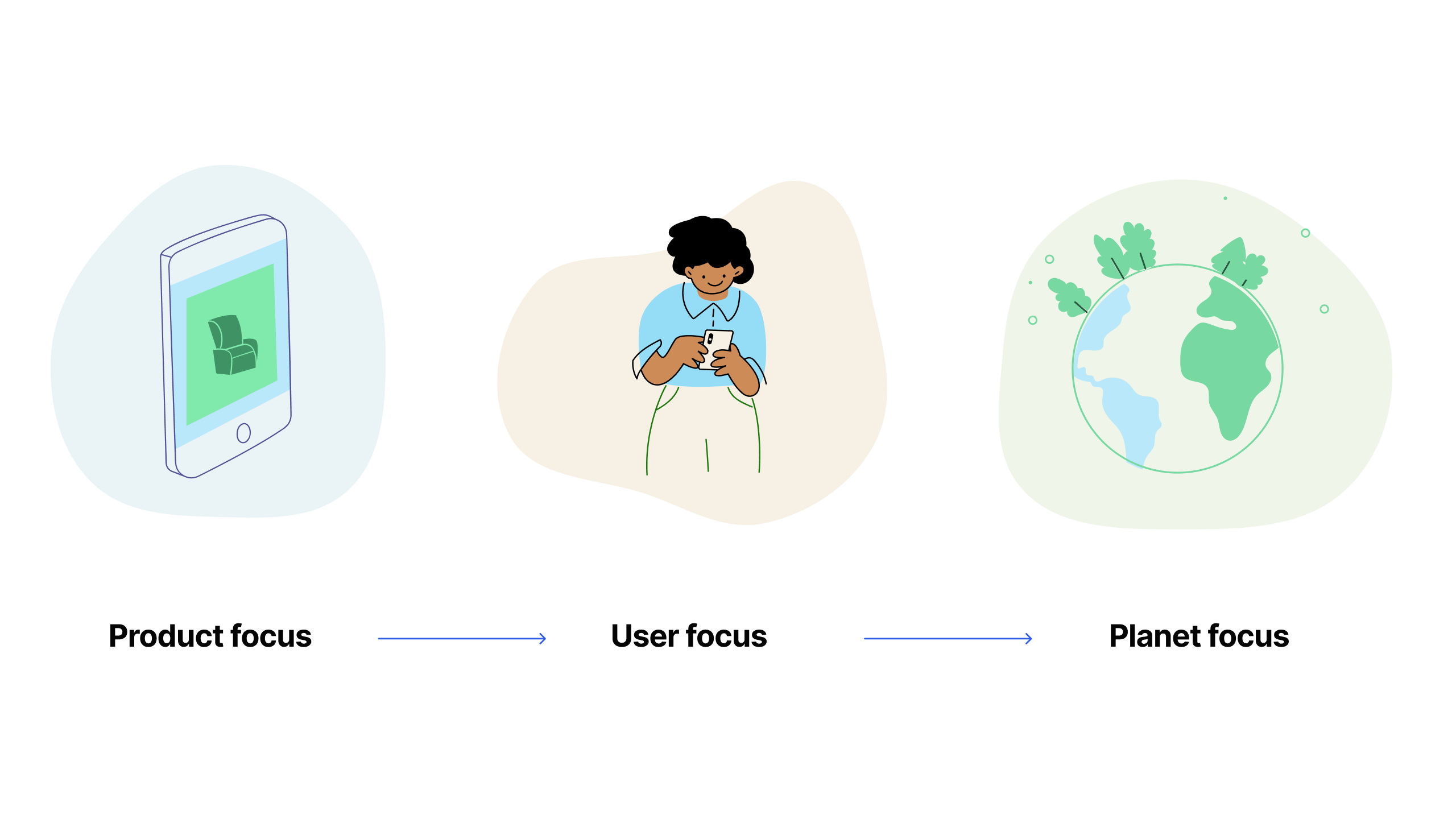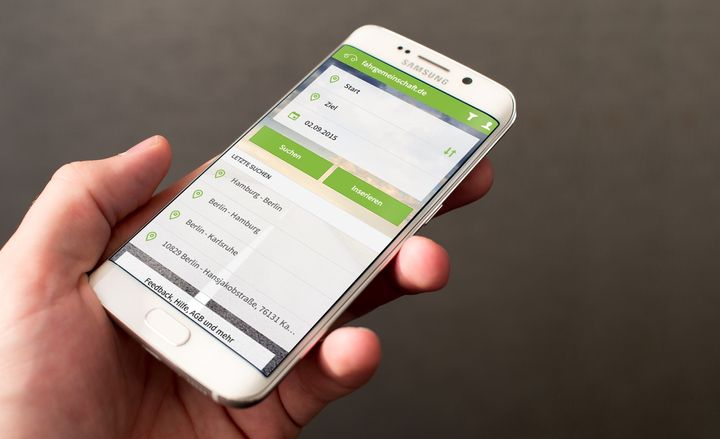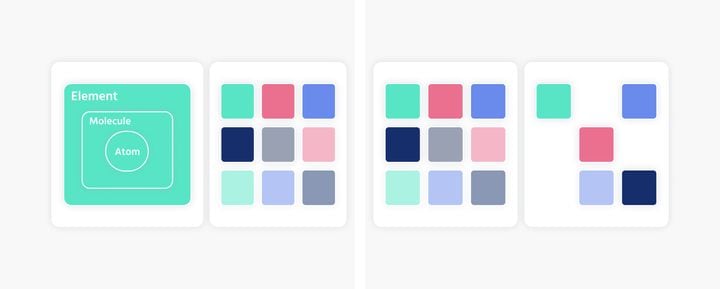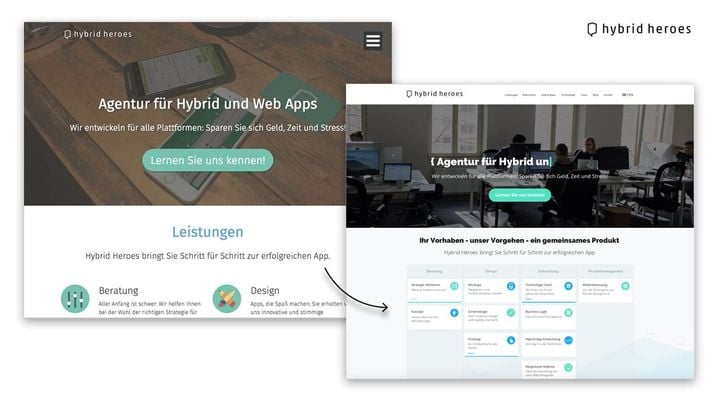How to design in a planet-centric way?
The answer to sustainability innovation in design is a methodology called planet-centric design.

When it comes to designing great products one thing is obvious: they need to be user-centric. Though as our changing world poses more and more challenges for the future, one of them being the climate crisis, new approaches and methods emerge across all disciplines and design is no exception.
The answer to sustainability innovation in design is a methodology called planet-centric design.
What is it all about?
Designing in a planet-centric way means taking responsibility and making sure sustainability and inclusiveness sit at the table at the strategic points of the design process. This doesn’t mean that the role of the user is less important. We still need to design and build products with our users in mind, while at the same time, taking into consideration the wider context in which the product will be used and all the human and non-human stakeholders it may affect. Meaning, we also think of people other than our user, as well as communities, and the natural environment.

How to design in a planet-centric way?
Planet-centric design is most of all a mindset shift to opening up to a broader context in which our products and services live. Some methods can be integrated in the standard steps of the design process. Here are some examples:
Planetary persona
We may want to ask ourselves if the product or service affects any non-human actors, eg. the forest or the sea. If that’s the case making a planetary persona in order to increase its visibility may be a good idea. This can help increase the awareness for the next stages of the design process and generate some innovative ideas.
Journey mapping
Mapping out customer’s journey brings clarity to every design process. What we might want to add here is the impact our product or service may have on the planet, other people than our customers or the community, alongside opportunities for positive impact.
“Don’t just ask, “How might we?”, ask, “At what cost?”
(Rob Girling and Emilia Palaveeva, Beyond the cult of human-centered design)
Ethics Assessment
The design team of Spotify works with an Ethics Assessment worksheet which includes various categories of possible negative impact of the product such as physical harm, emotional harm or societal harm to which a probability score is assigned. This can be a good exercise to make sure the product is serving the humanity in the intended way and isn’t causing any collateral damages.
Sustainable apps and web-apps
“If the Internet was a country, it would be the 7th largest polluter ”
(Sustainable Web Manifesto)
Just because something is online doesn’t mean it has no environmental impact. Fortunately there are some practical ways of making Apps more green across all platforms. From choosing a green hosting provider to optimising the images and implementing solutions like lazy loading, the amount of data transferred can be reduced and so the use of energy. It may also mean making a decision to build a low-impact product altogether (with fewer images and no videos, as an example)

There’s no doubt that sustainability is the next big upgrade, and needless to say it’s a necessary one. If design shapes behaviours and behaviours shape the future, we have a bigger impact than we think. Sometimes what it takes is a mindset shift. At Hybrid Heroes, we identified that impact. And we are increasingly trying to integrate these principles into our daily work, wether its Design or Code and thus into the digital products we create with our partners.
If you want to know more about how you can make your digital products more accessible feel free to contact us here.
Interested in more information about UI/UX Design? Then check out this blog article about accessibility in UI/UX Design. Or check out this post about rgb vs oklch vs hsl.



